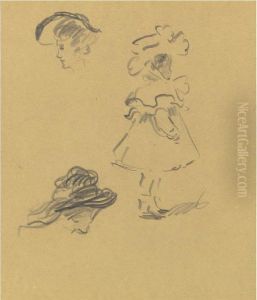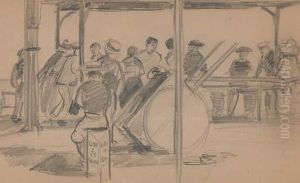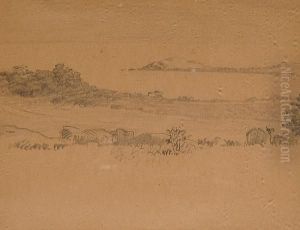Raymond Moreau Crosby Paintings
Raymond Moreau Crosby was not among the most widely recognized artists of his time, and as such, there is limited information available about his life and career. Born in 1885, Crosby was an American artist whose work was primarily focused on painting and illustration. His era was marked by significant artistic transformations, including the rise of modernism and changes in traditional illustration due to the impact of photography and print media.
Crosby's artistic style was influenced by the broader movements of his time, including Art Nouveau and later Art Deco. He would have been a contemporary to the likes of major figures such as Picasso and Matisse in the broader art world, though his work did not gain the same level of renown. While his paintings might not have been at the forefront of the avant-garde, they likely reflected the aesthetic preferences and cultural milieu of the early 20th century.
Despite the lack of extensive records on his personal life or an exhaustive catalogue of his works, it is possible that Crosby contributed to commercial illustration or local art scenes. Artists in his position often provided illustrations for magazines, advertisements, or books, which were flourishing industries at the time due to advancements in printing technology.
Raymond Moreau Crosby's death in 1942 came at a time when the world was engulfed in the Second World War, and the art world was undergoing yet another transformation with the emergence of Abstract Expressionism in the subsequent years. Crosby's legacy, like that of many artists of his time, may be preserved in specific collections or archives, awaiting rediscovery and appreciation by future generations of art historians and enthusiasts.


